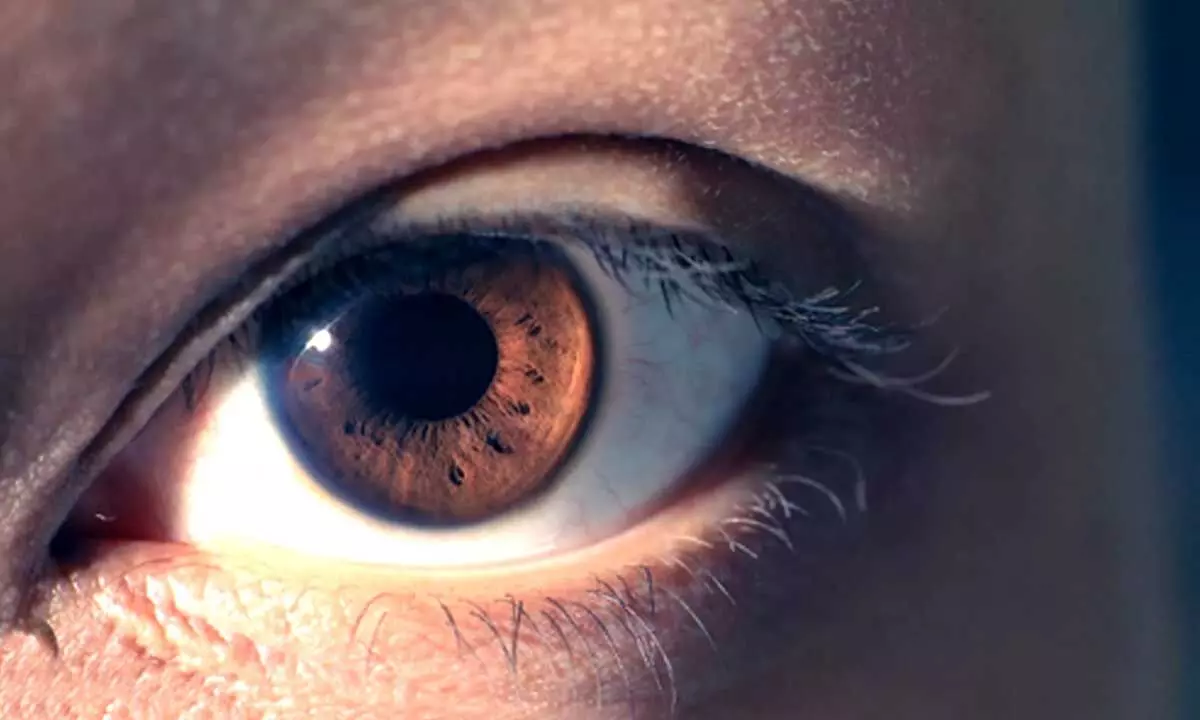IIT Madras study shows mild laser heating can boost drug delivery for eye treatments
Share :

Drugs injected in the human eye can be better delivered to the target region through convection caused by mild laser heating, said researchers at the Indian Institute of Technology (IIT) Madras on Tuesday.
Chennai: Drugs injected in the human eye can be better delivered to the target region through convection caused by mild laser heating, said researchers at the Indian Institute of Technology (IIT) Madras on Tuesday.
In their research, published in the peer-reviewed Wiley Heat Transfer journal, the team used simulation and modelling studies to analyse the efficacy of various types of treatments on the human eye, focusing on heat and mass transfer.
In patients who have undergone retinal laser surgery, most of the original gel-like vitreous humour could become replaced by body secretions that are less viscous than the original gel.
After surgery, drugs are often injected directly into the vitreous region to treat the retina. To reach the retina, the drug must move through the liquid. Natural diffusion is a slow process, and the drug may take several hours to days to reach effective levels at the target location.
Prof. Arunn Narasimhan, Department of Mechanical Engineering, IIT Madras, designed an experiment using a glass eye mimic geometrically similar to the human eye, water, and silicone oil for the vitreous liquid and a heater to simulate laser heating.
The researchers injected a dye as a drug mimic at specific points in the vitreous region of the eye, and measured concentrations at different retinal locations with and without heating the vitreous liquid.
“While with natural diffusion alone, the drug mimic took 12 hours to achieve effective concentration at the target region of the retina, heating the vitreous liquid reduced it to just 12 minutes,” said Shirinvas Vibuthe, Graduate Student, at IIT Madras.
With nearly 11 million individuals afflicted by retinal disorders in India, indigenous original research of this nature holds promise for the development and advancement of laser-based treatments for various eye diseases, the study showed.
Laser-based retinal treatments are increasingly being used to treat diseases like retinal tears, diabetic retinopathy, macular oedema, and retinal vein occlusion.
Since the retina is the region of the eye that contains blood vessels and nerves, such treatments must be performed carefully and with precision, the team said.
“Using glass-eye experiments and bioheat simulations to analyse invasive treatments in the human eye, we have shown that mild targeted heating can enhance drug delivery to the retina. The medical community needs to take this further and implement it in treatments of retinal diseases,” Narasimhan said.
















